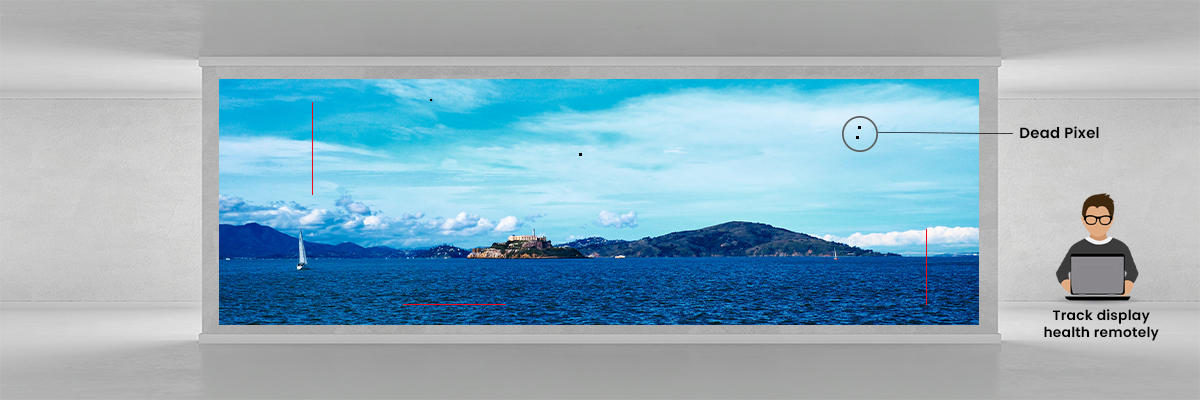Exploring How Definition Influences the Performance and Aesthetic Quality of Light Emitting Diode Walls in Contemporary Exhibition Technology
Exploring How Definition Influences the Performance and Aesthetic Quality of Light Emitting Diode Walls in Contemporary Exhibition Technology
Blog Article
Light Emitting Diode walls are growing more and more popular in different settings, including concerts and sports competitions to business displays and art installations. One of the key important elements that affect the functionality and image quality of these displays is image clarity. Image resolution denotes the number of picture elements that make up the image on the screen. Higher image clarity means additional pixels, which can result in clearer and crisper images. Understanding how resolution affects LED walls can assist users make informed decisions about their screen needs.
When talking about image clarity, it is crucial to consider picture spacing, which is the gap between the midpoint of one pixel to the center of the next picture element. A reduced picture spacing results in a greater image clarity, enabling additional detail in the images displayed. For example, an LED wall with a pixel spacing of 1.5mm will offer a sharper visual than one with a pixel spacing of 3mm. This is especially important in settings where viewers are close to the screen, such as in a small venue or a trade show booth. In these cases, a greater image clarity can greatly improve the observing quality.
Another factor of image clarity is its impact on hue precision and luminosity. LED walls with higher resolutions often have superior hue rendering, indicating that the hues shown are more vibrant and true to life. This is crucial for uses like marketing, where the goal is to attract interest and convey a message efficiently. Additionally, greater resolution displays can preserve luminosity company website levels even when viewed from various perspectives. This is crucial in large venues where viewers may be positioned at various distances and angles from the display.
The performance of LED screens is also affected by image clarity in terms of update frequencies and reaction durations. A greater image clarity screen can support quicker update frequencies, which is essential for dynamic content such as videos and animations. This means that the visuals on the display will look more fluid and increasingly fluid, improving the total observing quality. In contrast, lower resolution displays may struggle with dynamic material, resulting in fuzziness or delay. Therefore, for occasions that depend on high-energy images, selecting a screen with a appropriate resolution is vital.
In summary, image clarity plays a crucial role in defining the functionality and image quality of LED walls. Factors such as pixel spacing, color precision, brightness, update rates, and response durations all affect how efficiently a screen can convey information and engage viewers. As advancements continues to progress, grasping these factors will assist users choose the right LED wall for their particular needs, guaranteeing that they achieve the best possible results in their presentations and events.